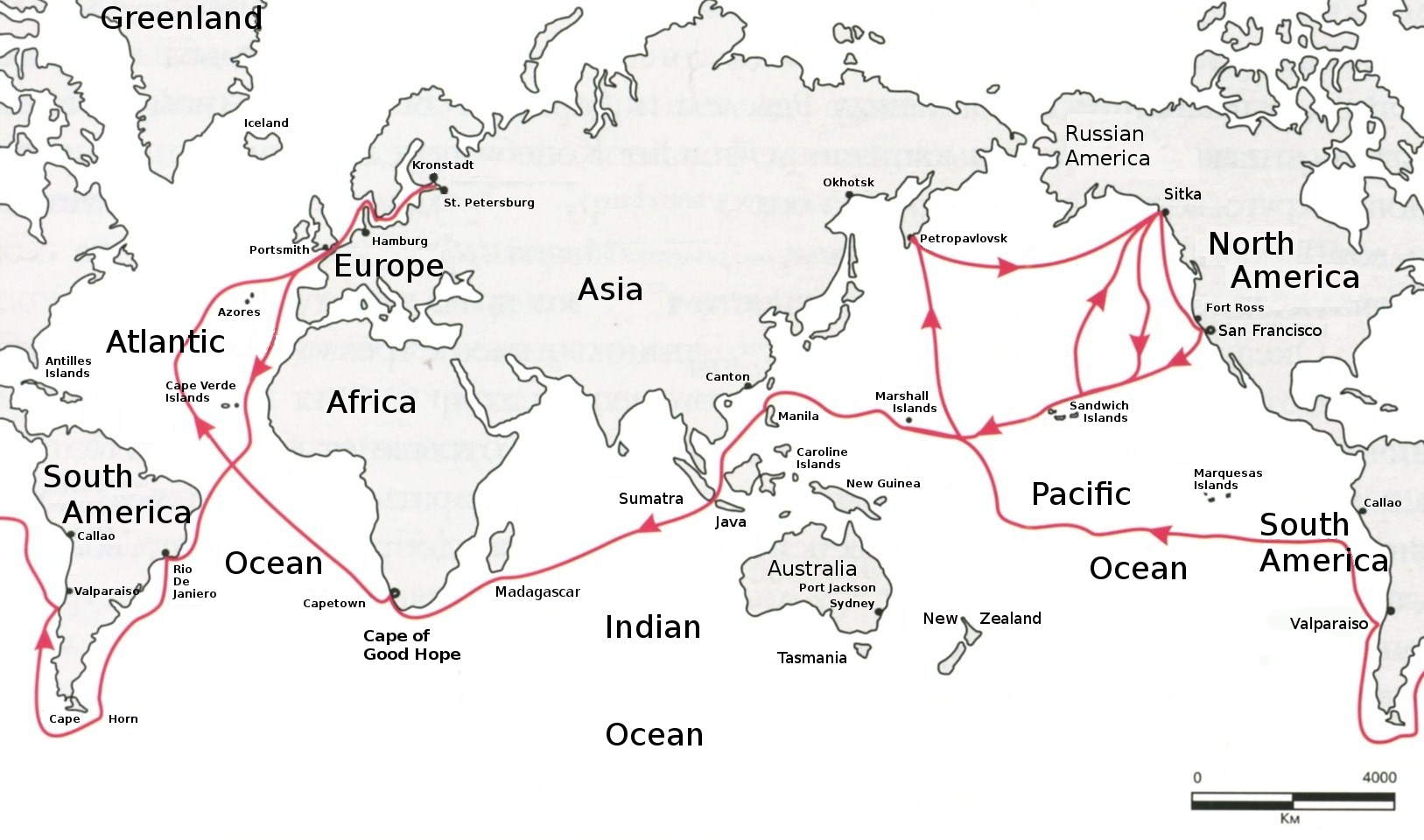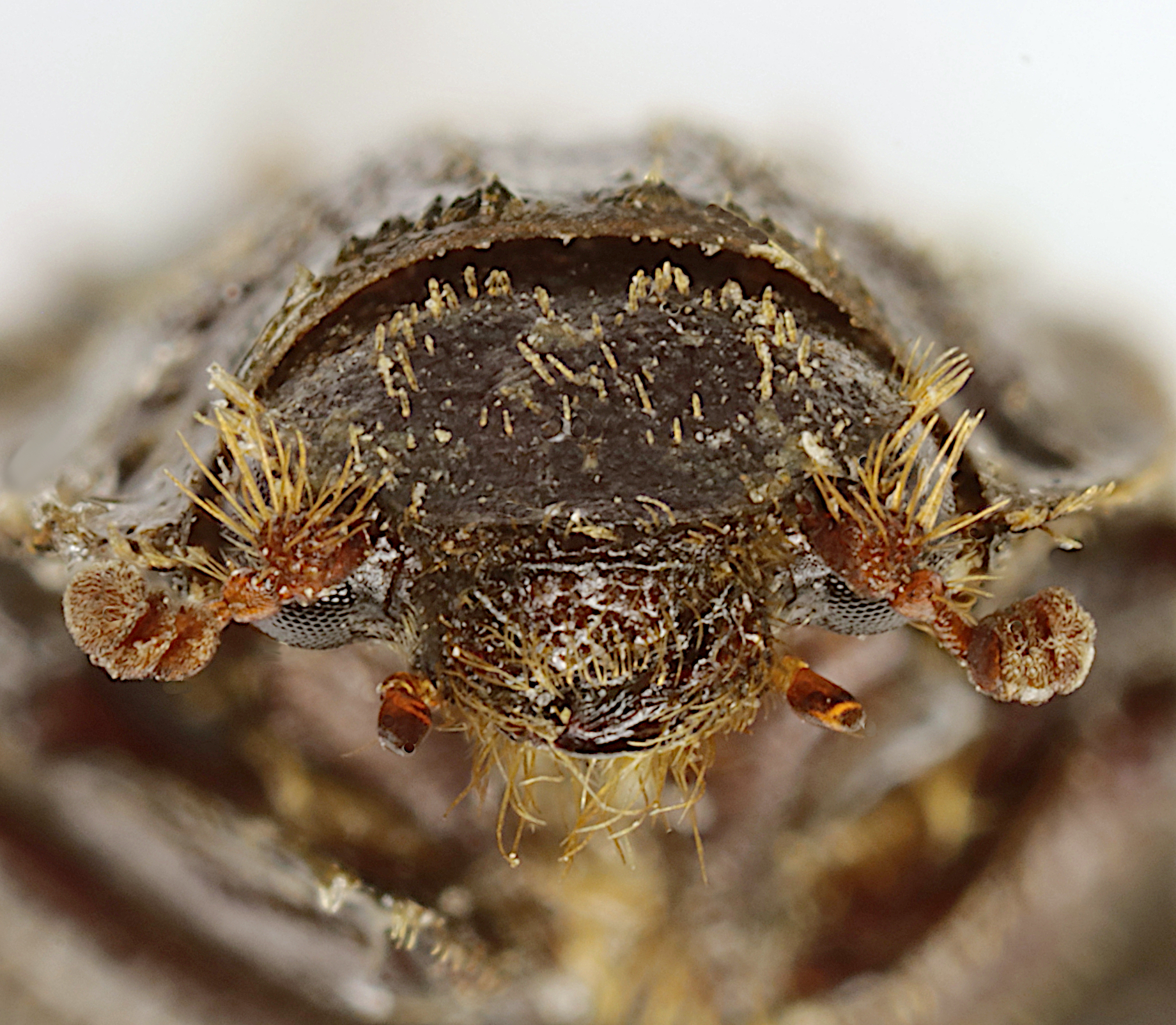|
Polynoncus Brevicollis
''Polynoncus brevicollis'' is a species of hide beetle in the subfamily Omorginae ''Omorginae'' is a subfamily of beetles in the family Trogidae Trogidae, sometimes called hide beetles, is a family of beetles with a distinctive warty or bumpy appearance. Found worldwide, the family includes about 300 species contained in f ... found in Argentina, Bolivia, Paraguay, Peru, Chile, and Colombia. References brevicollis Beetles described in 1822 {{Trogidae-stub ... [...More Info...] [...Related Items...] OR: [Wikipedia] [Google] [Baidu] |
Johann Friedrich Von Eschscholtz
Johann Friedrich Gustav von Eschscholtz (1 November 1793 – 7 May 1831)Sterling (1997) was a Baltic German physician, naturalist, and entomologist. He was one of the earliest scientific explorers of the Pacific region, making significant collections of flora and fauna in Alaska, California, and Hawaii. Biography Eschscholtz was born in the Livonians, Livonian city of Tartu, Dorpat, then part of the Russian Empire. His parents, Johann Gottfried and Katherine Hedwig Ziegler Eschscholtz were ethnic Baltic Germans. He studied medicine and zoology at the University of Tartu, University of Dorpat and served as an assistant to Carl Friedrich von Ledebour, a professor of botany.McKelvey Eschscholtz received a medical degree in 1815. First voyage On the recommendation of Ledebour, Eschscholtz served as surgeon and naturalist on the Russian expeditionary ship ''Rurik expedition, Rurik'' under the command of Otto von Kotzebue.Daum (2019) From 1815 to 1818 the expedition circumnavigated th ... [...More Info...] [...Related Items...] OR: [Wikipedia] [Google] [Baidu] |
Hide Beetle
Trogidae, sometimes called hide beetles, is a family of beetles with a distinctive warty or bumpy appearance. Found worldwide, the family includes about 300 species contained in four or five genera. Trogids range in length from 2 to 20 mm. Their shape is oblong to oval, with a generally flat abdomen. Their color ranges from brown to gray or black, and they often encrust their bodies with soil. They resemble Scarabaeidae, scarab beetles with heavy limbs and spurs. They are scavengers and are among the last species to visit and feed on carrion. They are most often found on the dry remains of dead animals. Both adults and larvae eat feathers and skin. Some species are found in bird and mammal nests. Details of the life histories of many species are poorly known, since many are specialized to particular types of nests. They are often overlooked by predators and collectors due to their behaviors of covering their bodies with soil and becoming motionless when disturbed. This group ma ... [...More Info...] [...Related Items...] OR: [Wikipedia] [Google] [Baidu] |
Omorginae
''Omorginae'' is a subfamily of beetles in the family Trogidae Trogidae, sometimes called hide beetles, is a family of beetles with a distinctive warty or bumpy appearance. Found worldwide, the family includes about 300 species contained in four or five genera. Trogids range in length from 2 to 20 mm. Thei ... which includes extant species and extinct beetle species from the Lower Cretaceous. The subfamily contains the following genera: *'' Cretomorgus'' Nikolajev, 2007 *'' Omorgus'' Erichson, 1847 *'' Polynoncus'' Burmeister, 1876 References Trogidae Beetle subfamilies {{Trogidae-stub ... [...More Info...] [...Related Items...] OR: [Wikipedia] [Google] [Baidu] |
Polynoncus
''Polynoncus'' is a genus of beetles of the Family Trogidae. It contains the following species: *'' Polynoncus aeger'' ( Guerin-Meneville, 1844) (South America) *'' Polynoncus aricensis'' (Gutierrez, 1950) (South America) *'' Polynoncus bifurcatus'' (Vaurie, 1962) (South America) *'' Polynoncus brasiliensis'' (Vaurie, 1962) (South America) *'' Polynoncus brevicollis'' (Eschscholtz, 1822) (South America) *'' Polynoncus bullatus'' (Curtis Curtis or Curtiss is a common English given name and surname of Anglo-Norman origin, deriving from the Old French ''curteis'' (Modern French">-4; we might wonder whether there's a point at which it's appropriate to talk of the beginnings of Fren ..., 1845) (Chile, Argentina) *'' Polynoncus burmeisteri'' (Pittino, 1987) (Argentina) *'' Polynoncus chilensis'' (Harold, 1872) (Chile, Argentina) *'' Polynoncus crypticus'' ( Diéguez, 2019) (Chile) *'' Polynoncus diffluens'' (Vaurie, 1962) (Chile) *'' Polynoncus ecuadorensis'' Vaurie, 1962 (Ecuador) ... [...More Info...] [...Related Items...] OR: [Wikipedia] [Google] [Baidu] |

